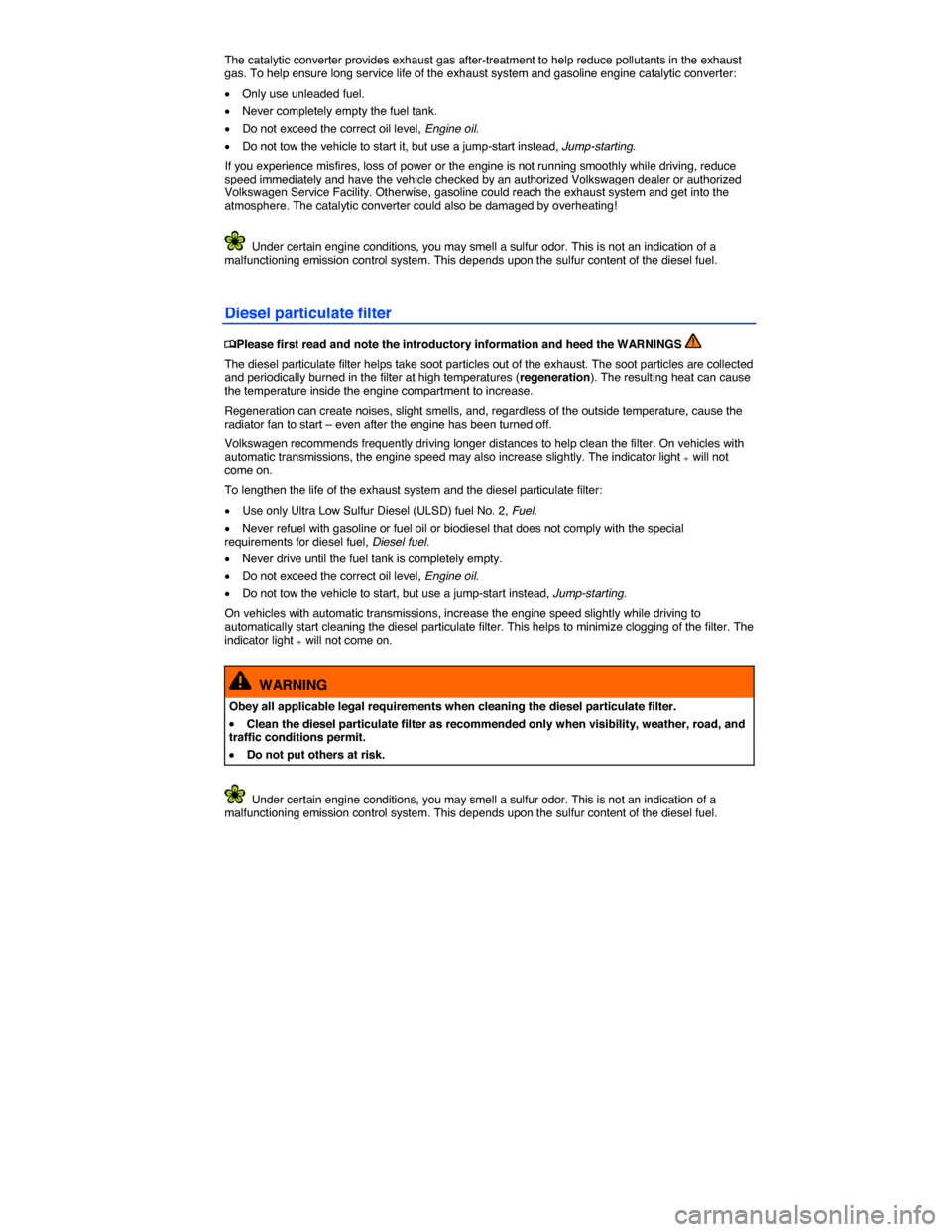Page 216 of 380

causes you to run off the road before ESC can provide any assistance, you may not experience the benefits of ESC.
ESC includes and/or works together with the ABS, BAS, ASR, EDL, and XDL systems (see below). ESC is switched on all the time and cannot be switched off.
Anti-Lock Brake System (ABS)
ABS helps to keep the wheels from locking up and helps to maintain the driver's ability to steer and control the vehicle. This means the vehicle is less likely to skid, even during hard braking:
�x Push the brake pedal down hard and hold it there. Don't take your foot off the pedal or reduce the force on the pedal!
�x Do not “pump” the brake pedal or let up on it!
�x Steer the vehicle while pushing down hard on the brake pedal.
�x ABS stops working if you release or let up on the brake.
When ABS is doing its job, you will notice a slight vibration through the brake pedal and hear a noise. ABS cannot shorten the stopping distance under all conditions. The stopping distance may even be longer, for instance, when driving on gravel or on newly fallen snow covering an icy or slippery surface.
Brake Assist (BAS)
The Brake Assist System can help to reduce stopping distances. If you press the brake pedal very quickly, BAS detects an emergency situation. It then very quickly builds up full brake system pressure, maximizing braking power and reducing the stopping distance. This way, ABS can be activated more quickly and efficiently.
Do not reduce pressure on the brake pedal! BAS switches off automatically as soon as you release or let up on the brake.
Anti-Slip Regulation (ASR)
ASR reduces engine power directed to spinning wheels and adjusts power to the road conditions. Even under poor road conditions, ASR can make it easier to get moving, accelerate, and climb hills.
ESC and ASR can help when driving on loose surfaces (such as gravel) and in deep snow. If you get stuck in deep snow, you may be able to get going again by “rocking” the vehicle back and forth. ESC and ASR recognize this special driving situation and automatically increase the speed of the front wheels. Keep pressing the accelerator and let ESC increase the speed of the front wheels to help you keep moving or get moving again.
Electronic Differential Lock (EDL and XDL)
EDL is applied during regular straight-line acceleration. EDL gently brakes a drive wheel that has lost traction (spinning) and redirects the drive force to other drive wheels. In extreme cases, EDL automatically switches off to keep the brake from overheating. As soon as the brake has cooled down, EDL automatically switches on again.
XDL is an extension of the Electronic Differential Lock system. XDL does not react to drive wheel slippage when driving straight ahead. Instead, XDL detects slippage of the inside front wheel during fast cornering. XDL applies enough brake pressure to this wheel in order to stop the slippage. This improves traction, which helps the vehicle stay on track.
Page 278 of 380

The engine coolant temperature warning light is located on the fuel gauge in the instrument cluster, Instrument overview
The following table explains what to do if the engine coolant temperature warning light ¿ does not go out a few seconds after the engine is started or starts flashing while driving.
Flashes Possible cause Proper response
�~
Engine coolant temperature too high.
² Stop! Pull off the road and stop as soon as you can do so safely. Stop the engine and let it cool down until the temperature is in the normal range again. Check the engine coolant level and add engine coolant if needed. If the engine coolant level is correct or the problem continues after adding coolant and driving a short distance, do not drive any farther. Contact the nearest authorized Volkswagen dealer or authorized Volkswagen Service Facility. If the coolant level is correct, the overheating may be caused by a radiator fan fault. Check the fuses and replace as necessary.
Engine coolant level too low.
Check the engine coolant level after the engine has cooled down and add engine coolant if low. If the engine coolant level is correct or the problem continues after adding coolant, do not drive any farther. Contact an authorized Volkswagen dealer or authorized Volkswagen Service Facility. These instructions apply only when the coolant temperature stays in the normal range.
Engine coolant system malfunction.
² Stop! Get assistance from an authorized Volkswagen dealer, an authorized Volkswagen Service Facility, or another qualified workshop.
– – Do not drive at high engine speeds or with heavy engine loads until the engine warms up.
When the ignition is switched on, several warning and indicator lights come on briefly for a function check. They go out after a few seconds.
The engine coolant temperature may also be shown in the Volkswagen Information System MFI display, MFI menu (Multi-Function Indicator). On some equipment versions, all symbols and information in the display are shown in red, Displays and warning lights (Basic version). The red color of the letters, numbers, and symbols used in the display does not indicate a malfunction.
The ideal operating temperature of the engine can vary and depends on the driving situation. If the engine coolant temperature should get any warmer than about 198 °F (95 °C) the MFI display will automatically switch to the digital coolant temperature display. If the engine coolant temperature is already being displayed, no change will occur. This, however, is only informational and does not indicate overheating.
If the engine coolant temperature is too high (warmer than 257 °F or 125 °C), the red engine coolant temperature warning light on the fuel gauge in the instrument cluster will flash. An acoustic signal may also sound.
Page 323 of 380

The catalytic converter provides exhaust gas after-treatment to help reduce pollutants in the exhaust gas. To help ensure long service life of the exhaust system and gasoline engine catalytic converter:
�x Only use unleaded fuel.
�x Never completely empty the fuel tank.
�x Do not exceed the correct oil level, Engine oil.
�x Do not tow the vehicle to start it, but use a jump-start instead, Jump-starting.
If you experience misfires, loss of power or the engine is not running smoothly while driving, reduce speed immediately and have the vehicle checked by an authorized Volkswagen dealer or authorized Volkswagen Service Facility. Otherwise, gasoline could reach the exhaust system and get into the atmosphere. The catalytic converter could also be damaged by overheating!
Under certain engine conditions, you may smell a sulfur odor. This is not an indication of a malfunctioning emission control system. This depends upon the sulfur content of the diesel fuel.
Diesel particulate filter
�